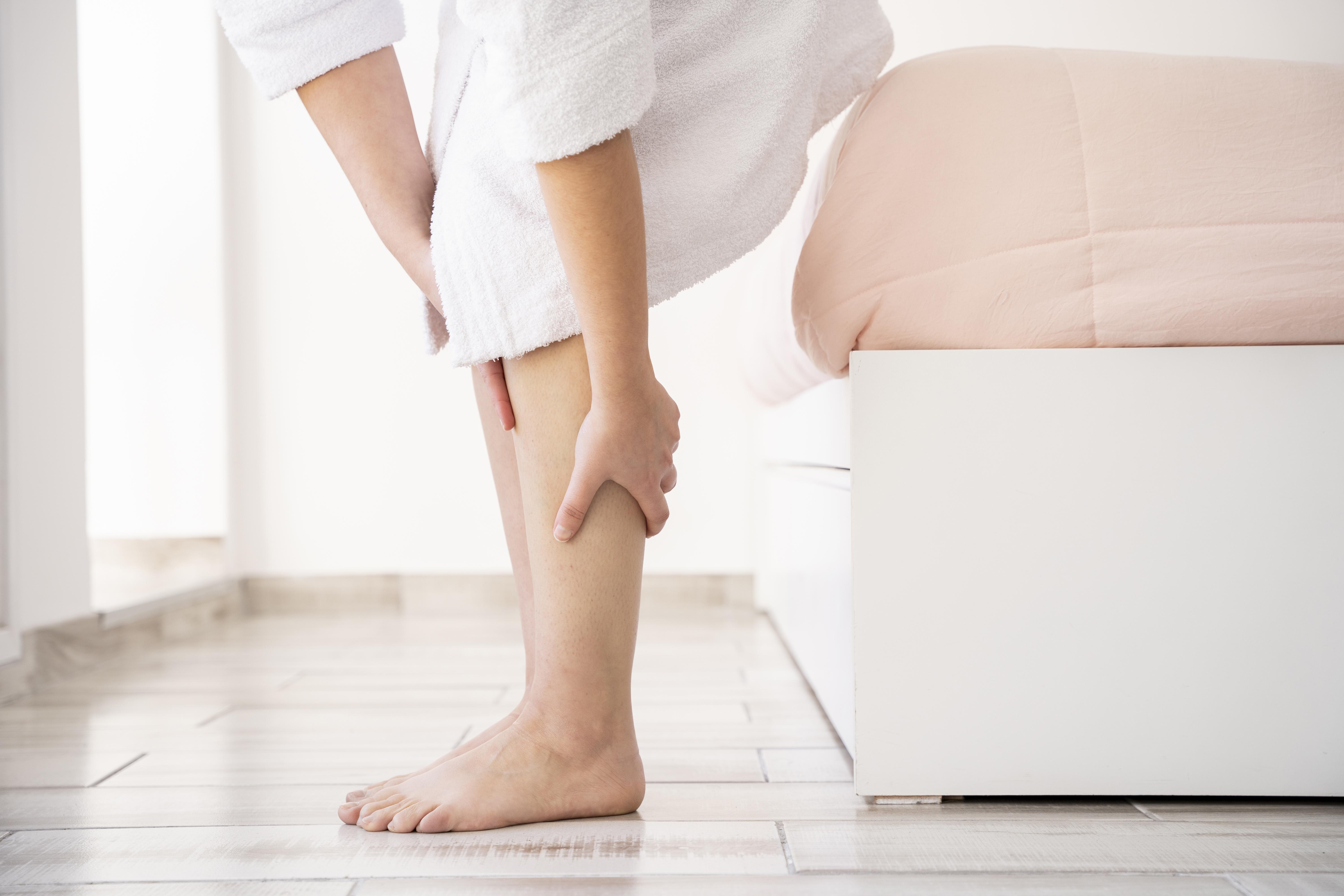Are achy joints holding you back? Let’s explore some of the most helpful steps you can take at home to alleviate joint pain – and how to know when it’s time to see a doctor.
#1 – Apply Heat or Ice
Both heat and ice can help reduce joint pain when applied to the site. Heat helps alleviate discomfort by loosening up your joint and improving blood flow to the area. You can use an electric heating pad, a rice- or gel-filled pad that can be heated in the microwave, or a hot water bottle. Even some time in a warm bath can help.
Cold helps by reducing inflammation in the joint and slowing down painful nerve impulses. You can use a bag of frozen peas, a bag of ice, or a cold back designed for aches and pains. Whatever you use, be sure to wrap it in a towel or pillowcase before applying to the joint.
Try both heat and ice to see which helps, and then repeat three times a day for about fifteen minutes each time.
#2 – Get Moving
Movement can be more challenging when your joints hurt, but it’s a catch 22; your joints hurt more when you’re idle. Studies indicate that exercise can reduce arthritis pain. Take time to move your body every day and – in the best case – at least every hour of the day except at night. Parking a little further away at the grocery store and walking to the mailbox are a couple of ways you can increase your movement.
#3 – Eat More Fiber
You might be surprised to hear that there is a correlation between a high-fiber diet and reduced arthritis pain. This is because fiber can help you balance the microbes in your gut, reducing the risk of widespread inflammation in your body. High-fiber foods include whole wheat pasta, edamame, chickpeas, berries, lentils, pears, barley, and more.
#4 – Try Over-the-Counter Pain Relievers
With your doctor’s approval, you can try over-the-counter pain relievers like ibuprofen, acetaminophen, or naproxen for your joint pain. Topical pain relievers like Icy Hot or Biofreeze can also help reduce pain, but keep in mind that you shouldn’t apply heat immediately after applying a topical pain reliever.
When to See a Doctor
If you have joint symptoms that last more than two days at a time or several episodes of joint pain per month, seeing a doctor can help you identify and treat the root cause. You should also see a doctor if:
- your joint pain is preventing you from doing the activities you enjoy
- your joints are red or warm to the touch
- you have sudden onset of joint symptoms
- you hear clicking, popping, or grinding in the joint
- the steps you’re taking at home aren’t alleviating your pain
If you’re ready to see an expert for your achy joints, contact the team at Huntington Orthopedics today.


